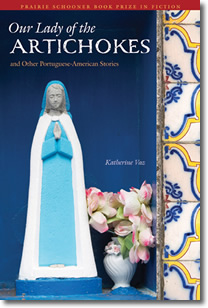Going to the Metropolitan Museum of Art at night was a very different experience. Compare to the rushing crowds going back and forth in the morning, the soothing atmosphere created by the empty museum was, at least in my opinion, more suitable for art viewing—somehow you are willing to stay longer in front of each piece. So although this might sound weird, I was actually glad that my schedule conflict allowed me to go to the MET on my own. I visited the African Art and Matisse section. Let’s start with the African Art.
There was a section named “The Avant Grade”, and the title caught my eyes. I went online
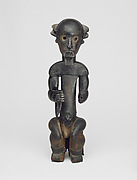
http://images.metmuseum.org/CRDImages/ao/web-thumb/1915-07.jpg
and searched for this term. It was in French. Wikipedia said “it is a French term used in English as a noun or adjective to refer to people or works that are experimental or innovative, particularly with respect to art, culture, and politics”. At the first glance, I didn’t find it different from the rest of the room. How was this supposed to be “innovative”? Then, I realized that it was an art served to provoke others. Picasso was one of these artists that were influenced by these cultural pieces! Then I looked at them again. This time, I could definitely see the similarities.

http://images.metmuseum.org/CRDImages/ma/exhibition-medium/DP219638.jpg
African Arts were known for their abstract figures. The art-form proportion varied from the real life proportion; and the faces of figures were always exaggerated with parts being altered. I had never figured out why African Art developed into such a pattern, but it was obviously very distinctive, especially when compared to European arts at the time, which could be one reason that people resisted this culture. There were a series of names that started with “Seated Man”, two were African pieces and one was a pencil drawing by Picasso.
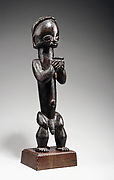
http://images.metmuseum.org/CRDImages/ao/web-thumb/1914-06_a.jpg
It was easy to notice the identical scale of the head and body, which was not presented in history until then. With the knowledge that Picasso became famous long before his death, this became a marker in history pointing the shift of people’s willingness to accept and include others.
Another exhibit I visited was the Matisse. It gave me a different chill from the Avant-Garde. The sharp contrast between colors and various styles used to interpret the same view were something nowhere to be found in my previous exhibit. The most amazing part of this was perhaps the numerous interpretations of one single view. The doted style told the shift of colors and strengthened the contrast in between; the plain oil style gave a realistic twist to the painting; a warmer series of color created a mood that couldn’t be seen in a colder
color series. All these angles showed that each time Matisse painted a similar image—he gave a new twist to it. Unlike most artists, he allowed the addition of new frames, even if that would ruin his previous visions. Not only did he allow it, he also admired it. He asked a photographer to document his process of creation, in which one could see the transition of the painting. I didn’t know that the same view meant so many different images to different people (or the same person with different interpretation) until Matisse juxtaposed his visions in front of me. Thank you so much, for allowing me to step into your world of imagination and share a piece of your mind.
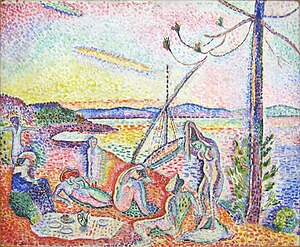
http://upload.wikimedia.org/wikipedia/en/thumb/0/07/Matisse-Luxe.jpg/300px-Matisse-Luxe.jpg

http://www.thecultureconcept.com/circle/wp-content/uploads/2012/11/3._The-Gulf-of-Saint-Tropez_Henri-Matisse.jpg


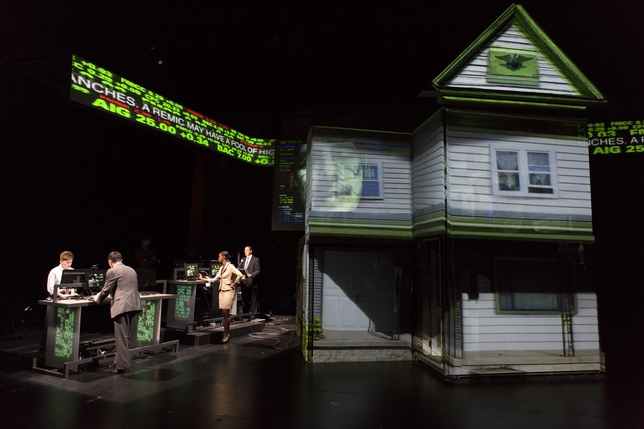




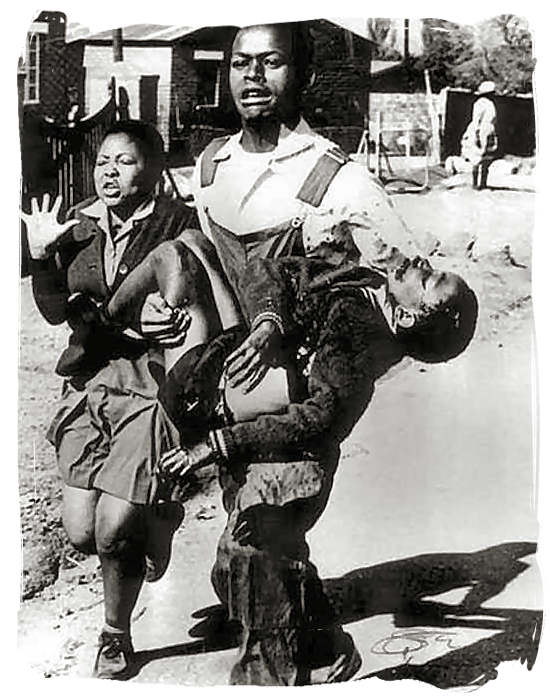




















 A German-born South African, Jurgen Schadeberg, takes a particular interest in the Black Sash, an anti-apartheid women’s group. In contrast to images of fiery crowds of the Soweto Uprising and the Treason Trial, adjacent images of the Black Sash appear to be funeral-like. Schadeberg captures grave faces, bowed heads and women holding a candle to their chests. This juxtaposition of images shows the stark differences of how certain crowds conduct protests. The women in his images wear black sashes and stand still in the frame like mannequins, frozen in time, as they passively hold up signs. The photographer makes a point in his photographs that this was a global cause, contributing to the exhibit’s theme of the sociological influence. An interesting choice that was made in curating the exhibit was to showcase the group rather than the individual. A crowd of women of the 29 ANC Women’s League are shown being arrested for breaking a law that prohibited them from entering township.
A German-born South African, Jurgen Schadeberg, takes a particular interest in the Black Sash, an anti-apartheid women’s group. In contrast to images of fiery crowds of the Soweto Uprising and the Treason Trial, adjacent images of the Black Sash appear to be funeral-like. Schadeberg captures grave faces, bowed heads and women holding a candle to their chests. This juxtaposition of images shows the stark differences of how certain crowds conduct protests. The women in his images wear black sashes and stand still in the frame like mannequins, frozen in time, as they passively hold up signs. The photographer makes a point in his photographs that this was a global cause, contributing to the exhibit’s theme of the sociological influence. An interesting choice that was made in curating the exhibit was to showcase the group rather than the individual. A crowd of women of the 29 ANC Women’s League are shown being arrested for breaking a law that prohibited them from entering township.


















